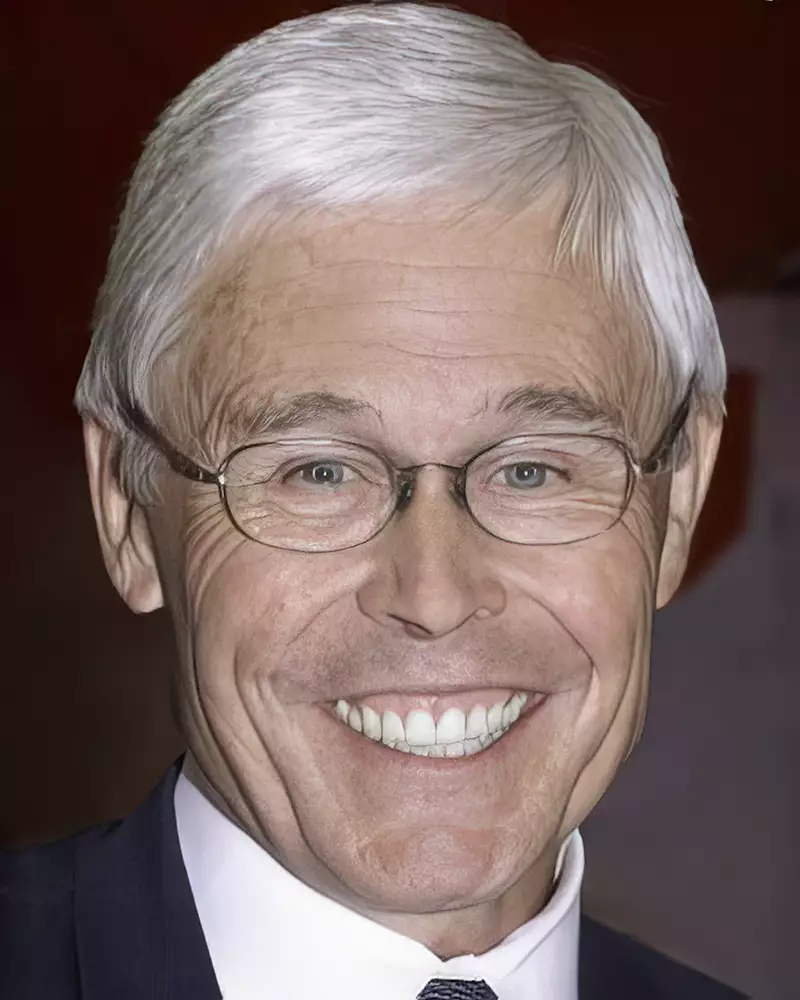Peter Anthony Prince was born June 29, 1836 to an English speaking family, near Trois-Rivières Quebec. He was educated near Lindsay Ontario, and built his own hotel and lumber mill in the vicinity. He married Margaret Corrigan in 1857, and they had a son John Enoch Prince in 1858, and daughter Rosanna in 1860. Peter Anthony Prince was a man of great energy, vision and ability, who was vital to the growth of Calgary. He was named one of the top 40 pioneer entrepreneurs and businessmen in early Calgary.
While employed at the North West Lumber Company in Eau Claire, Wisconsin, two colleagues came to Calgary in 1883, and bought 100 mi2 of timber leases. Peter was then tasked with establishing and running a lumber mill at Calgary, NWT. He came in 1885 and determined the operation needed to be set up in Calgary. Another 400 mi2 was purchased for timber berth leases, logging camps, lumber operations and housing. Peter planned the move of the June 7, 1886 arrival of a crew of 50, bringing materials to construct the sawmill, logging camps and homes.
As General Manager of Operations, Vice President and Treasurer of the EC&BRL, Prince led the building of the largest lumber company in Western Canada at the time. President Joseph G. Thorp in Wisconsin approved all the financial needs and resources necessary for Prince and the EC&BRL to be successful in Calgary. Spruce, pine and fir logs were cut (by hand at first) from timber berths along the Kananaskis, Spray and Bow Rivers west of Calgary. The lumber mill was on land south of Prince’s Island (named for Peter Prince in 1886), later known as the Eau Claire district. The 1886 Café was the original office of the company. The EC&BRL was one of Calgary’s most prosperous companies, cutting up to seven million board feet of lumber annually at its peak.
Peter Prince established the Calgary Water Power Company (CWPC) in 1889, producing safe, reliable electricity for Calgarians. The water wheel was in the power plant, and powered the sawmill in daytime, and electric lights at night. The 1897 license for the power plant was only the fifth in the Dominion of Canada. In 1905 Calgary Power started building their operation to replace the CWPC, but the CWPC served its own customers until 1928, and in 1944 the last of the assets were either used or demolished.
Prince remained Vice President and Treasurer of the company from retirement in 1917 until his death in 1925.
Under Prince, the EC&BRL built the first public use bridge over the Bow River (now Louise Bridge) at 10th St. NW. Pylons from the original bridge remain visible on the south bank of the Bow River, between the bridge and C-train bridge.


Pylons in Bow River from 1888 Bow Marsh Bridge. Photo by Marg Rabe
Over time, power plants were built on the major rivers, which were much more efficient for power production, but greatly impeded floating logs down river. Also, there was a lack of skilled people to drive the logs on the river, and the public demanded the use of rivers for recreation. The last log drive of the EC&BRL was in 1945. From 1928 to 1945, General Manager, then owner, Charles Carr renamed the EC&BRL to Eau Claire Sawmills, as a Canadian company. In 1947, Carr sold the 22.5 acres of Prince’s Island to the City of Calgary for $500.00 per acre.
From 1898 to 1911, Peter was also General Manager and Vice President of the Calgary Milling Company (later Robin Hood Mills). The structure was on the site where Gulf Canada Square is today, on 9th Avenue SW. Flour was sold across Alberta and as far as Vancouver BC.
Peter Prince was also Founder and President of the Louis Petrie Wholesale Grocery firm – Canada’s first cash and carry grocery store in 1918 – and with Jenkins Groceteria, the first to hire females as store clerks. Peter was also co-owner of Calgary Iron Works. He bought the Calgary Tribune Newspaper business, and the sandstone building remains on Stephen Avenue. In 1896 he was co-owner, and later sole owner of the Prince-Kerr ranch north of Brooks, selling it to his grandsons in 1918.
Peter donated bricks to build the “Lacombe Home for the Poor and Indigent”; supported the Hospital Aid Society; supplied the Holy Cross Hospital waiting room with furniture, and much, much more. He and his wife generously gave provisions to the needy, and supported many charities. People of any religion or colour received from them during very difficult times. Newspaper articles support the philanthropy of Peter Prince.
His wife Margaret (mother of his children) died in 1898 of diabetes, Emma of phthisis (tuberculosis), Rosa of cancer, and Emily (and step-daughter Nora) outlived him.
Some comments written of Peter after his death include: “Prince has shown great judgment in his business proceedings, with the result that none of his businesses has even been encumbered, and has enhanced in value and added credit to his foresight”; “his inspired common sense and business acumen were recognized by all”; “he possessed business judgment and sagacity of the very first order”; “the nature and extent of his generosity to and unfailing consideration for the unfortunate will perhaps never be known”; “more than one of the splendid buildings in this city devoted to community service, could not have been built but for monies advanced by Mr. Prince”; and “to those who were privileged to know him as a friend his passing will be a real and abiding sorrow”.
Peter Anthony Prince died in Calgary January 12, 1925.




